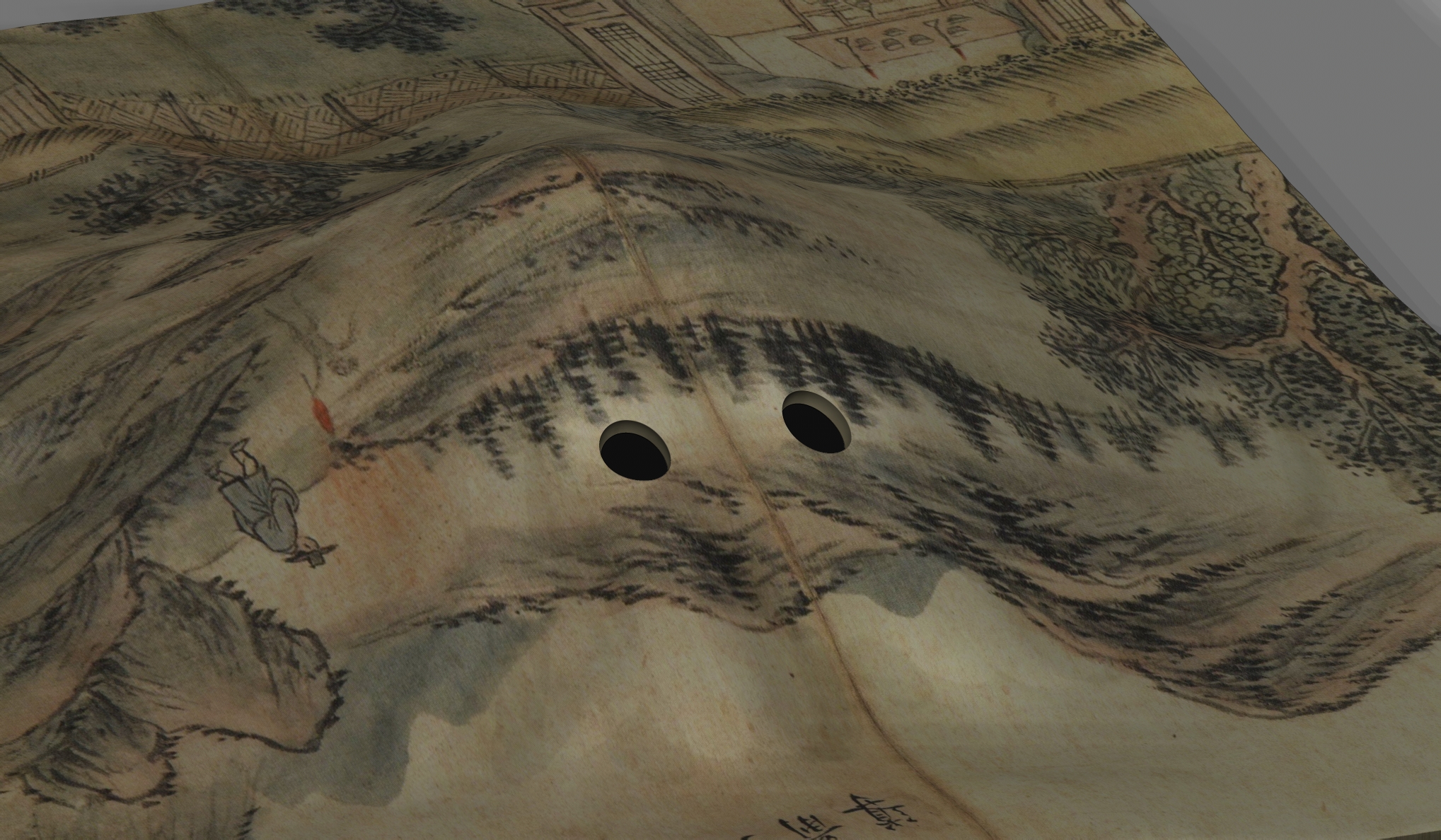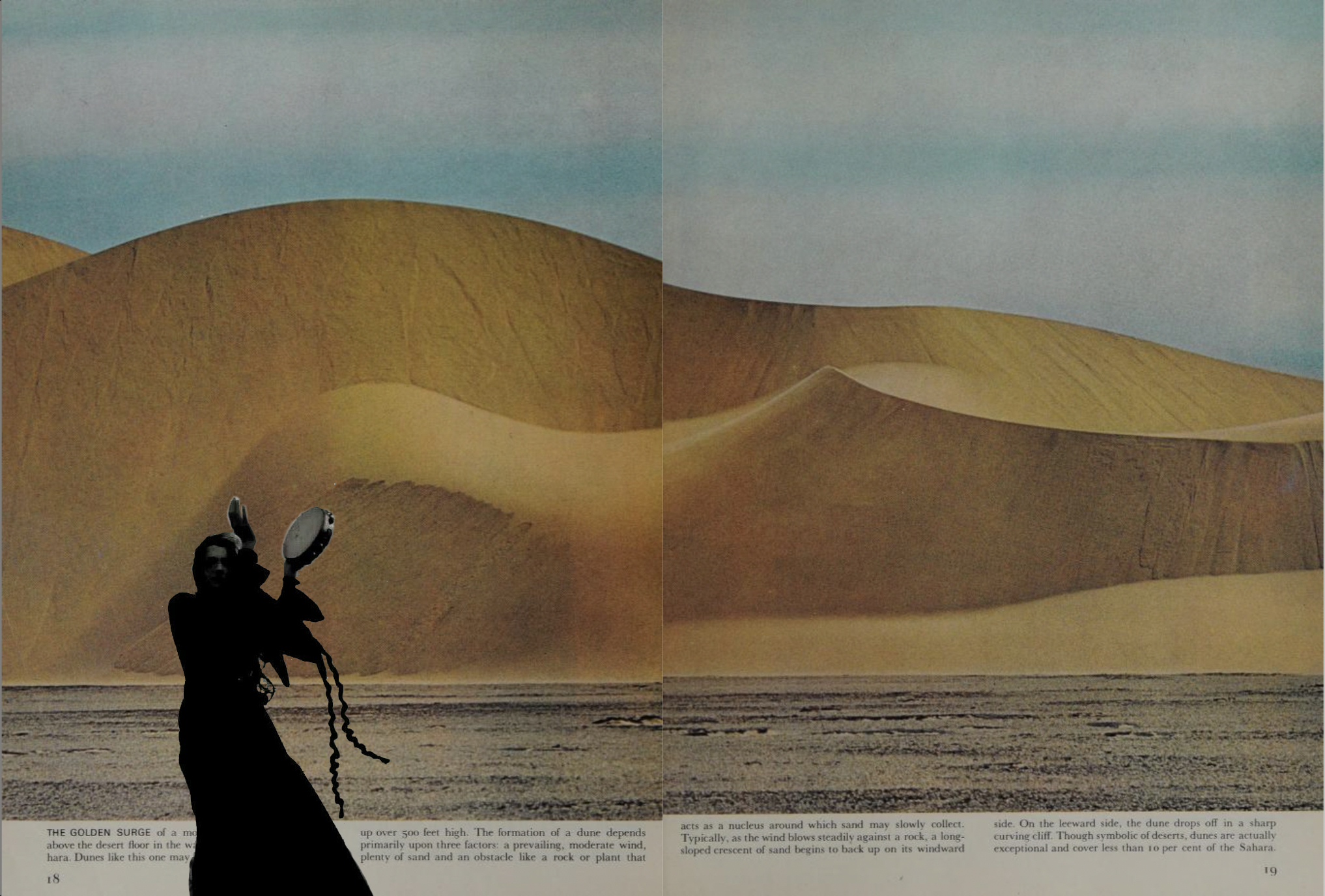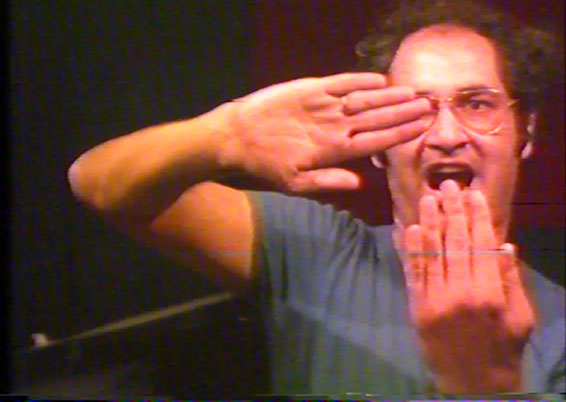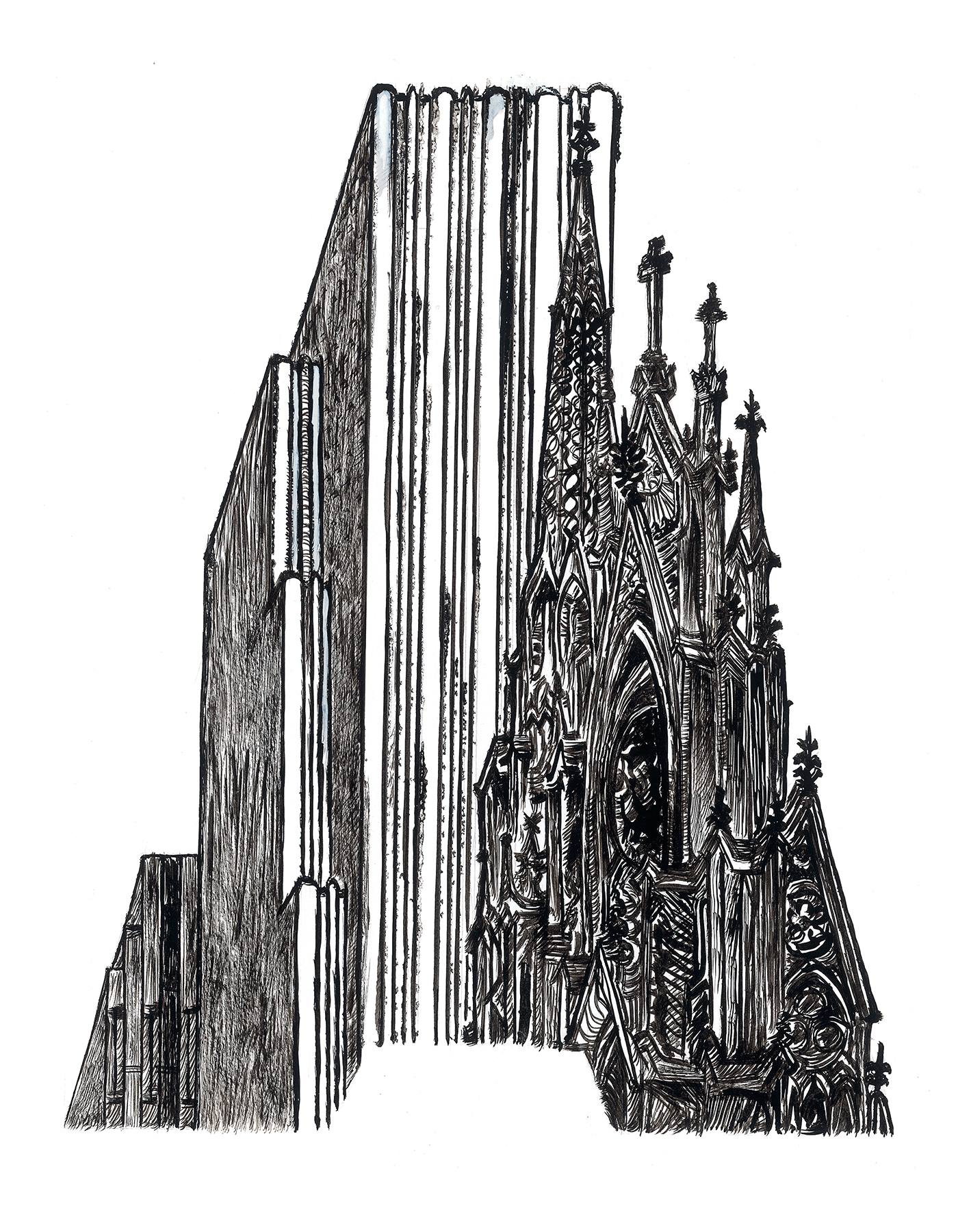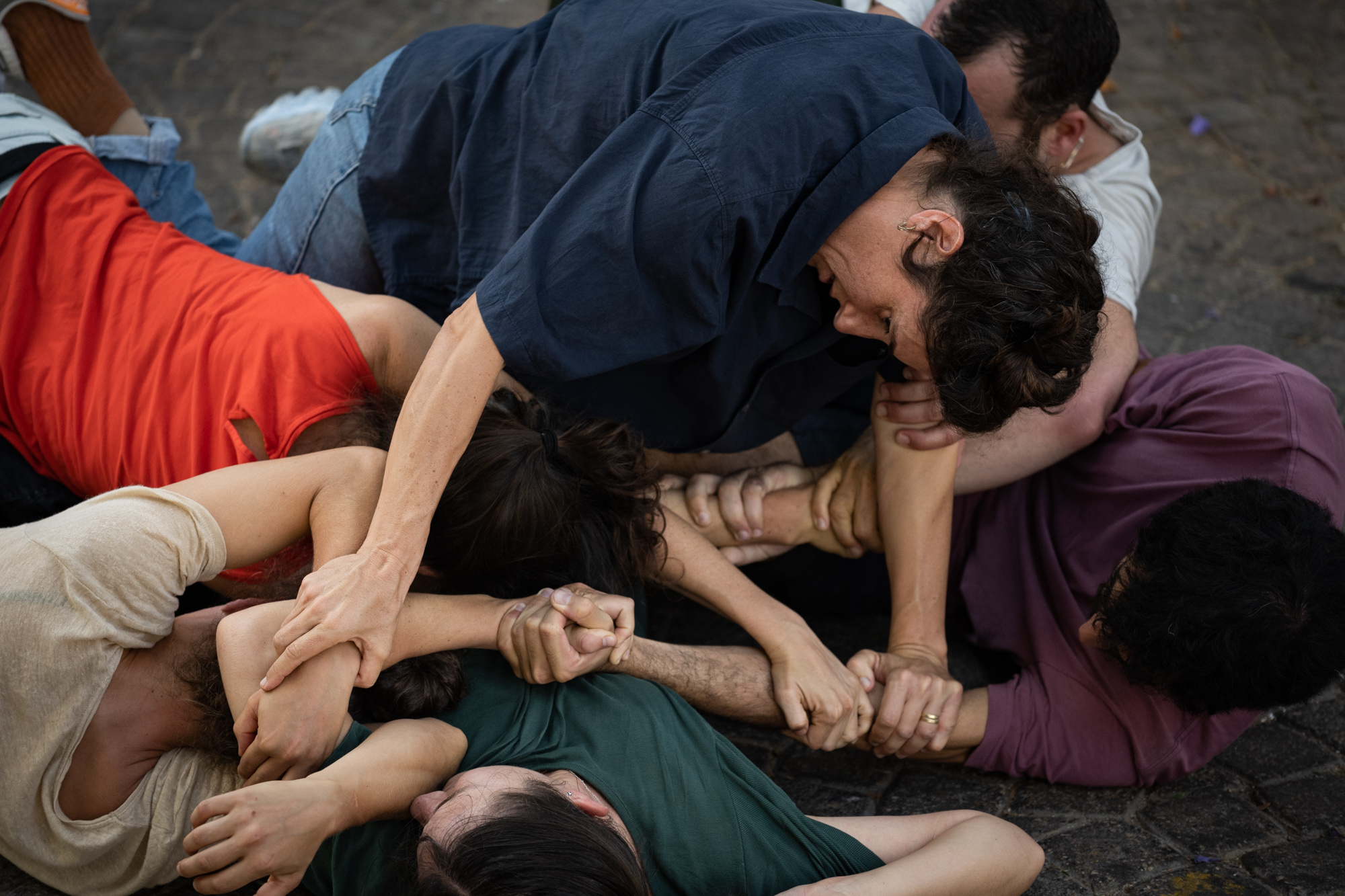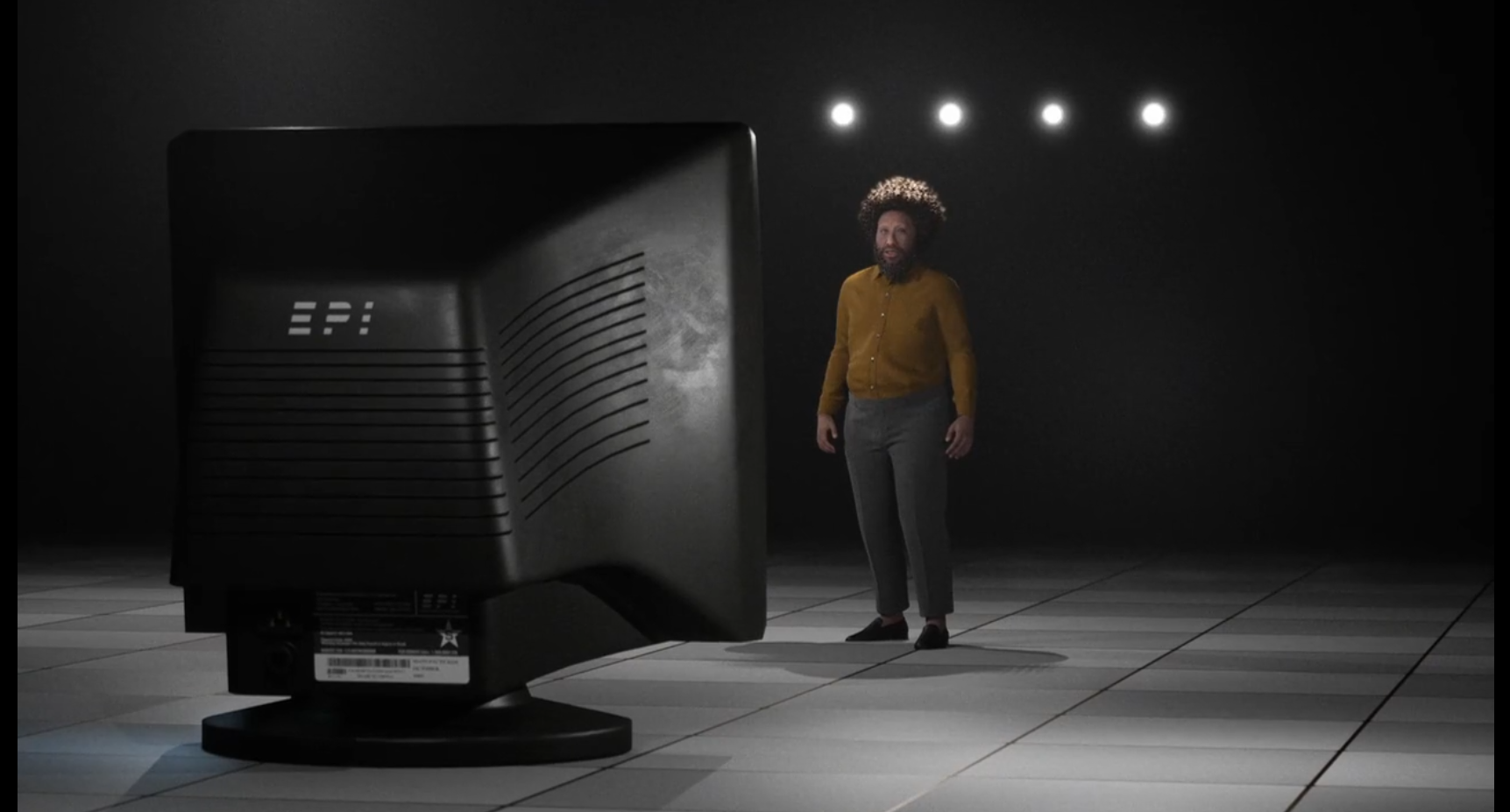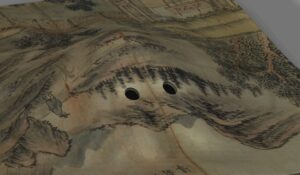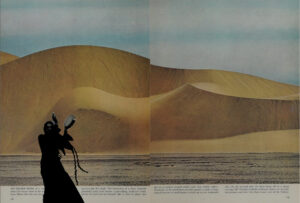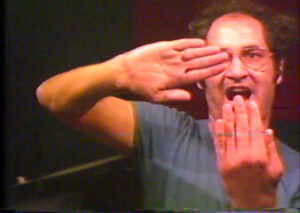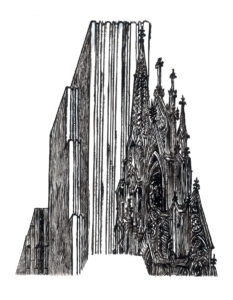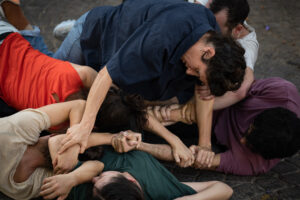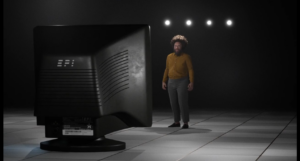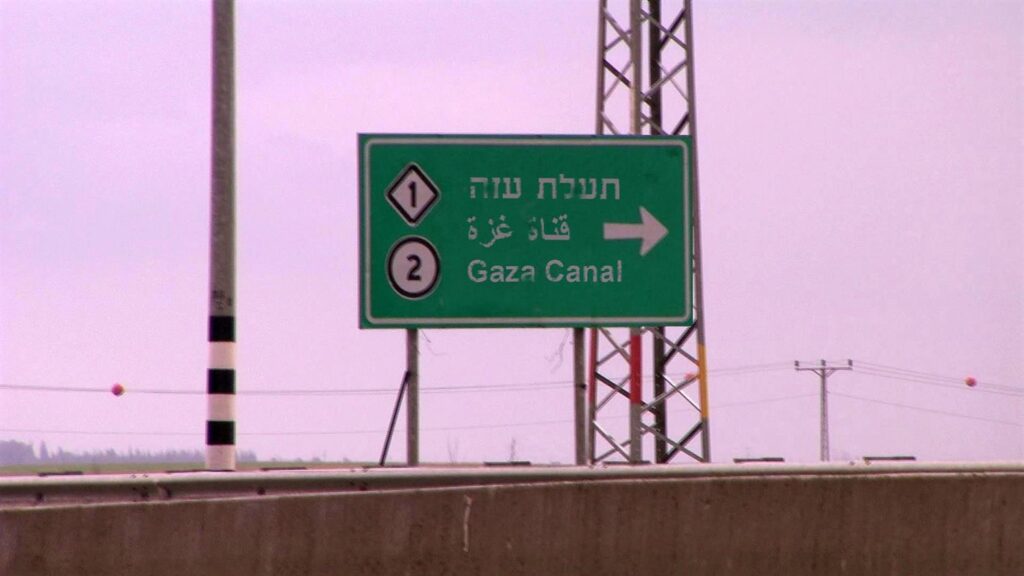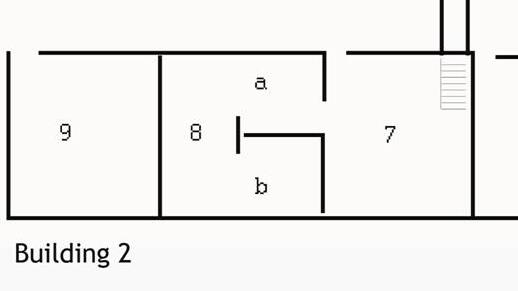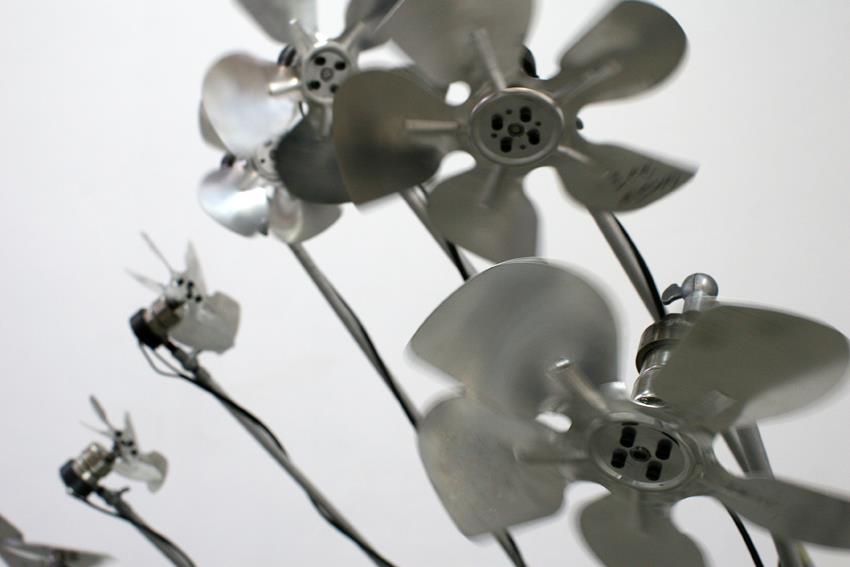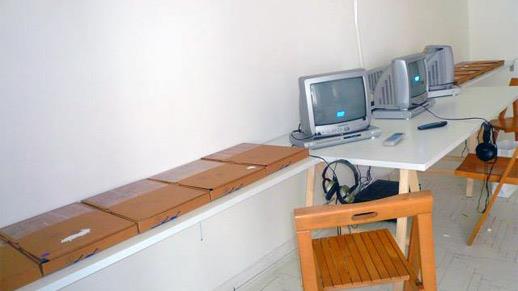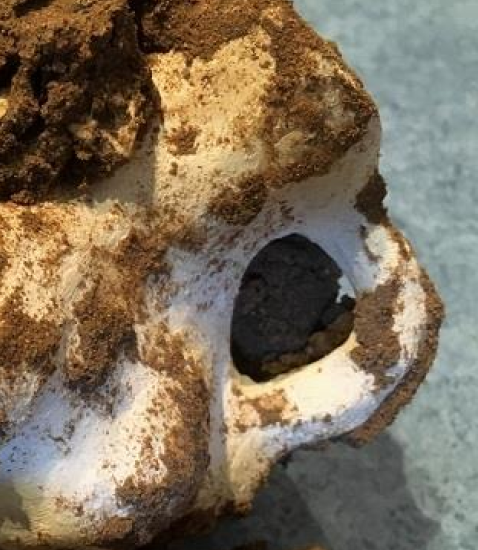How Do We Become?
- Duration of Activity: 7.9.2024-1.12.2024
The question “How do we become?” assumes the existence of external forces acting upon us and shaping us. This contrasts with (or complements) forms of organization and construction of the self, often perceived as internal and singular. The question signals a possibility, perhaps even a necessity, of passivity and lack of control over our existence, inviting us to explore the constructs that define our forms and boundaries for ourselves and our surroundings. It also highlights the multiplicity of becoming – “we” become, both as individuals and as groups. “We” become through the language we learn from birth; the concepts of the time and place where we live are shaped through history, folktales, anthems, and myths; through symbols and forms loaded with cultural and national significance; through official ceremonies and bodily gestures; through “traditional” art and culture (which we inherited), sounds, images, scents, and flavors. We become at every given moment; we are becoming constantly, perpetually.
During the 20th century, the concept of the self and its construction occupied a center role in theoretical thought and in many ways, formed the human subject as we perceive it today, through psychoanalysis and the Freudian psyche structure, and through currents of Marxism and Existentialism, anthropology, and various critical theories. These disciplines offer different characterizations of the structure of consciousness, psyche, and self-identity, and their formation.
Similarly, the concept of becoming also derives its shape from diverse sources of knowledge, integrating different ideas about the tangible and intangible aspects of the actual shaping. A fundamental aspect of becoming is its continuation over time – not as a process of change and transition from one state to another, but a recurring and repeating influence from myriad sources that shapes the self. Sometimes, it seems, resistance arises against this shaping process; at other times, it is welcomed where needed; either way, it creates layers upon layers of logic and a network of connections to other rationalities.
Yet, the act of becoming is also internal, and thus, it may also encompass the essence of resistance to itself or pit different sources within it against each other. It does not allow for shaping to halt or solidify – becoming never stops or ends. The experience of becoming is of “I” and “we”; it is inescapable because it is everything that we do and everything that we are at every moment.
The collection of works in the exhibition is rooted in the diverse contexts of these perceptions, offering reflections on specific cultural moments where these mechanisms and the construction of the self are at work. The works examine the impacts of history and forms of national memory; culture and foundational myths; symbolism and narratives of development; the human and post-human subject; shamanism and ritualism; and ghosts that exist between the self and the world. They invite viewers to identify the small and large actions of the self and to reflect on oneself.
The particularity of the cultural environment of the artists, as revealed in their works, simultaneously exposes the general modes that establish similar fundamental structures across different cultures and communities; prototypes and mechanisms that repeatedly form human subjects in diverse and distant places. The human experience of becoming unfolds through the local language, culture, and mechanisms of political power and influence in specific spaces and within community-national relationships. Nevertheless, becoming invites the identification of a more foundational, universal common language among people from seemingly disparate cultures, and in this sense, it invites a new conversation through this language.
The Project is supported by the Daniel Howard Foundation, Artis, The Philip and Muriel Berman Foundation, Mifal HaPais, Stratasys, Chosun University and Artport Tel Aviv.
For more info about the pavilion, please visit:
https://gwangjubiennalepavilion.org/2024/cda-%ED%99%80%EB%A5%B8-cda-holon
Graphic design: Guy Saggee – Studio Shual
English editing and translation: Noa Shuval
Artworks:
Public Movement
DEMO, 2024
In this new work, Public Movement presents a lexicon of public choreographies as they are performed by the state, its citizens, and the encounter between the two. Echoing Gwangju’s political heritage as the birthplace of Korean democracy, Public Movement has established a new local cell of performers to explore the question: How do we become a social body? The lexicon maps the corporal manifestations of solidarity, resistance, and care, drawing from political structures embeded in public spaces.
DEMO will be activated throughout the biennale, at the heart of the city. As such, it becomes a new ritual, engaging with recent history and collective memory, and reflecting on the challenges of democracy in contemporary society. Public Movement action will be performed in collaboration with Chosun University in Gwangju once a week, and its starting point will be the CDA Holon Pavilion at Miro Center. From there, the audience will join the performers for a joint walk to Democracy Square, where the second act of performance will take place.
Action Directors: Dana Yahalomi and Nir Shauloff
In collaboration with Chosun University
Amir Yatziv
Adam, 2024
Single Channel Video and CGI, HD, 20 min
In a unique psychological experiment, clinical psychologists are invited to provide therapy to an artificial intelligence robot. Their goal is to understand its simulated ‘pain’ and decipher its ‘dreams’. As they engage with the intelligent robot, which seeks to learn and emulate human characteristics, the therapists confront profound questions about the essence of humanity the qualities we hold dear, such as pain, emotions, spirit, and consciousness of death. The film traces the therapy’s progression, from the robot’s initial eagerness to emulate human traits to its eventual realization that it will never truly be human. Fraimed by the rise of machines and AI, the film raises critical existential questions: What truly defines us as human beings, and where is our path leading us?
Yael Frank
Based on a Rumour, 2024
For this new work, Frank draws inspiration from an 1869 painting by Sochi Heo Ryeon, said to be the only remaining traditional goblin painting. In this painting, a goblin guides Chae Hong-nyeom, who was on a mountain path returning home on the anniversary of his father’s death. As the story goes, when Chae encountered wind and rain and could not proceed, he looked up to the sky and wept. Suddently a ‘ghost fire’ appeared, to guide him along the path and enable him to safely perform the ancestral rites. Frank’s installation juxtaposes the notion of traditional spirit guidance with potential contemporary manifestations of such guidance.
Guy Saggee
Monolith AB, 2024
The Haunted Letters series is an ongoing artist project. The idea sprouted around the practice of pictograms created by ancient painters – ‘Thought Pictures’ that established a direct connection between words and things. In developing the practice, the artist refers to the alphabetic sequence as a basis for moving narratives, so a complete story will be woven and encoded into it. The narrative will advance and synchronize with the progress of the letters; that is, it will open with the letter A and come to an end with the letter Z. The created pictogram font serves as the primary font for writing sentences, stories, reports, situation descriptions, and more, with Monolith AB being the new series of Haunted Letters generated around the notion of progress and the project of modernity.
Moti Mizrahi
Healing, 1980
Motti Mizrachi’s only video work features a sequence of actions and gestures he performs on himself and the body of an unidentified woman. This sequence of alternating actions forms a lexicon for conceptual bodily gestures that the artist developed during the 1970s. The continuous accumulation of images in the video oscillates between forms of shamanism and healing, and a ritualistic language that utilizes the human body.
Ana Wild and Nir Shauloff
Drums and Dancing, 2024
« And Miriam the prophetess, sister of Aharon, took the tambourine in her hand; and all the women followed her with drums and dancing » — Exodus 15:20
A filmed operetta retells the biblical tale of the Jewish exodus from Egypt, the miraculous splitting of the sea, followed by the liberation of one nation and the drowning of another. This moment of becoming a people marks the birth of a mythical narrative: a blueprint of the human need for shared ecstasy against the backdrop of a catastrophe, all set to the sound of a beating drum.
Meir Tati
The Trickster, 2024
The Trickster points to the potential of the unknown. His mischief is harmful when we take ourselves too seriously and neutralized when we learn to laugh at ourselves with sincere pleasure. He is our guide through nine acts of the performance. In each act, there is an archetype of a character popular in shamanistic rituals: The Ancestor, The Spirit Animal, The Shaman, The Trickster, The Healer, The Guide, The Warrior, The Child, and The Shadow. All of the characters are avatars produced by AI text-to-video generators. These avatars are used for presentations and marketing videos. The performers interact with the avatars on screen, listening to their stories and guidance, moving forward in a joint journey. The performance will take place at Miro Center’s Theater during the opening weekend of the CDA Pavilion at the 15th Gwangju Biennial.
Performers: Meir Tati, Park Kyeong Hwa
Curator:
Udi Edelman
Artists:
Public Movement, Ana Wild and Nir Shauloff, Amir Yatziv, Guy Saggee, Yael Frank, Moti Mizrachi, Meir Tati.

